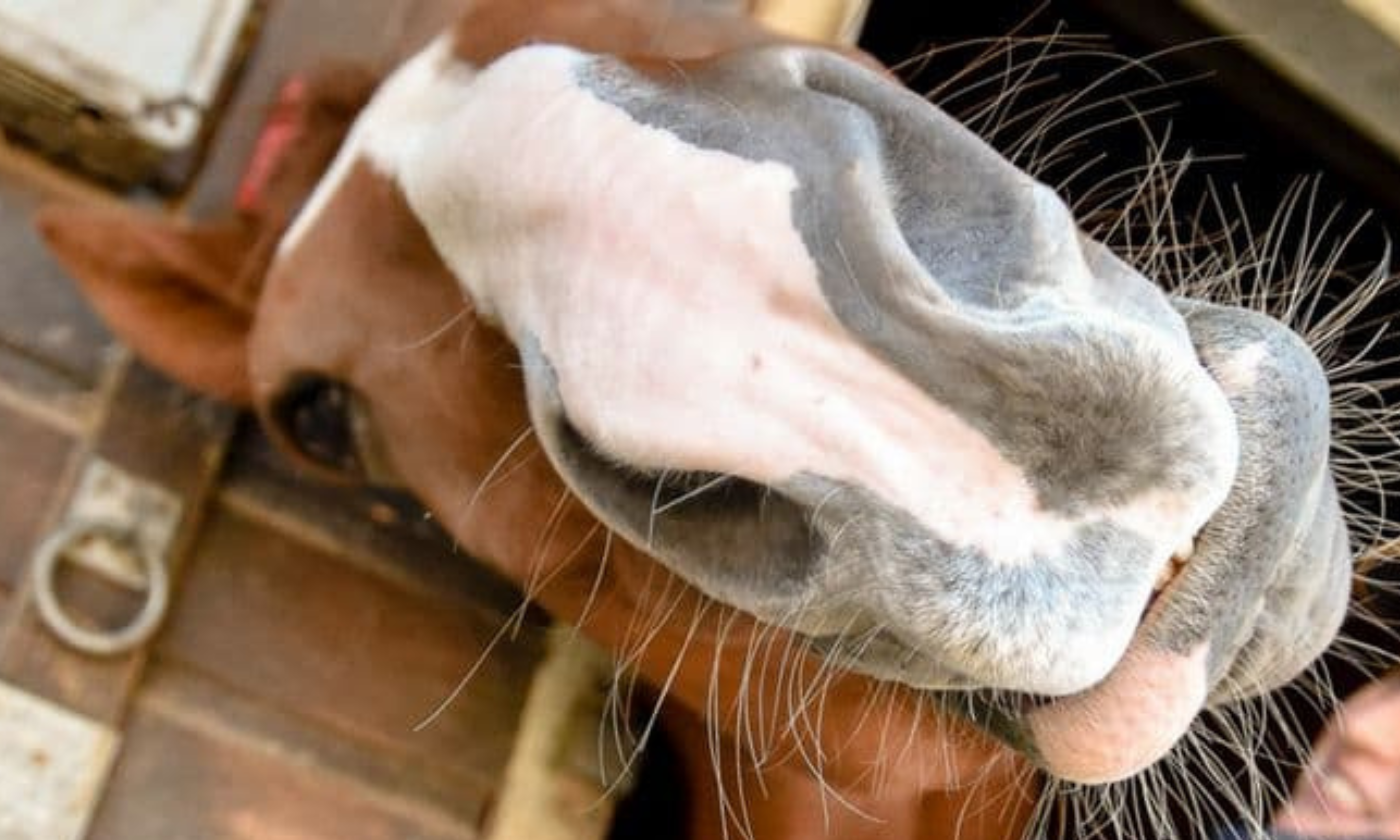For 2025 the FEI Veterinary Regulations include a number of updates which grooms need to be aware of. We have been through the VRs and pulled out the key pices of information, which you can find in the list below.
VACCINATIONS - 1002
6. Vaccinations administered against Equine Influenza and other equine infectious diseases must be entered in the Horse’s Passport on the correct vaccination page. Equine influenza vaccination details must also be recorded in the FEI HorseApp, as of 1 February 2025.
7. The name and batch number of the vaccine and the date of administration must be recorded in the Passport and in the FEI HorseApp, according to Article 1002.6. These details can be recorded in the Horse’s FEI Recognition Card when the vaccination pages are full in the Horse’s Passport.
8. Vaccination must be administered by a veterinarian who must sign and stamp the Passport against the relevant vaccination entry, and record the details in the FEI HorseApp, according to Article 1002.6.
VACCINATION SCHEDULE - 1003
3.4. Any Horse receiving a new Primary Course as of 1 January 2024 must be vaccinated as follows: V1 (initial vaccination); V2 (second vaccination) must be administered 21-60 days after V1; and V3 (first booster) must be administered within 6 months and 21 days of V2.
PROHIBITED METHODS - TRIMMING OF THE EARS 1004.1.i
The horse will not be allowed to compete
1.i. If the Horse’s sensory hairs have been clipped and/or shaven or in any other way removed unless individual sensory hairs have been removed by a veterinarian to prevent pain or discomfort for the Horse and if the hair in the auricles of the Horse have been removed or shortened within the rims of the auricle.
Areas of hair that must be clipped, shaven or removed to allow veterinary treatment are exempt from this rule.
VET INSPECTION – BAREFOOT HORSES 1035.6 AND 1035.7
6. Horses that are competing without shoes (i.e. barefoot) must present at the Horse Inspection without shoes and are not permitted to present wearing hoof boots.
7. Horses that are competing wearing hoof boots in Jumping, Eventing (Jumping test), Endurance and Vaulting and must present at the Horse Inspection wearing hoof boots. Hoof boots must be removed at the request of the Horse Inspection Panel to allow for evaluation of the Horse’s hooves, where required.
NOSEBAND TIGHTNESS – 1044
8. Effective 1 May 2025, the following provisions apply regarding the Noseband Tightness:
The noseband must be adjusted with sufficient laxity, as determined by an FEI approved Measuring Device. The rule applies to all types of nosebands and to both the upper and lower noseband.
The detailed protocol for measuring the tightness of noseband(s) is provided for in the (Discipline specific) Noseband Tightness Measuring Protocol(s).
Excessively tightened noseband(s), as determined by an FEI approved Measuring Device, shall incur the following consequences:
Pre-Competition: The Horse and the Athlete combination is not allowed to start unless the noseband is re-adjusted to allow enough laxity.
During the Competition: The Horse and Athlete combination is eliminated from the Competition in question and the Athlete is issued with a Yellow Warning Card.
EXAMINATION OF HORSES - 1045
1. Any part of the Horses’ body, boots, bandages and/or other tack may be examined by Stewards and/or OVs at any time during the Period of the Event.
SAME DAY TREATMENT – 1054
1. Horses must not be treated by injection or infusion with any substance not listed on the EPSL prior to the Competition on the day in which they compete.
The exemption for horses competing after 1800hrs to be eligible for injection or infusion up to 1000hrs on the day of competition has been removed.
2. Non-emergency treatments must not be administered when the FEI Stables Area is closed.
PROHIBITED TREATMENTS – 1061
7. The injection or infusion of vitamins and/or minerals during the Period of the Event unless in the event of an emergency where their use is to be supported using a Veterinary Form A.
This is a change as these treatments used to be available with a Veterinary Form B.





